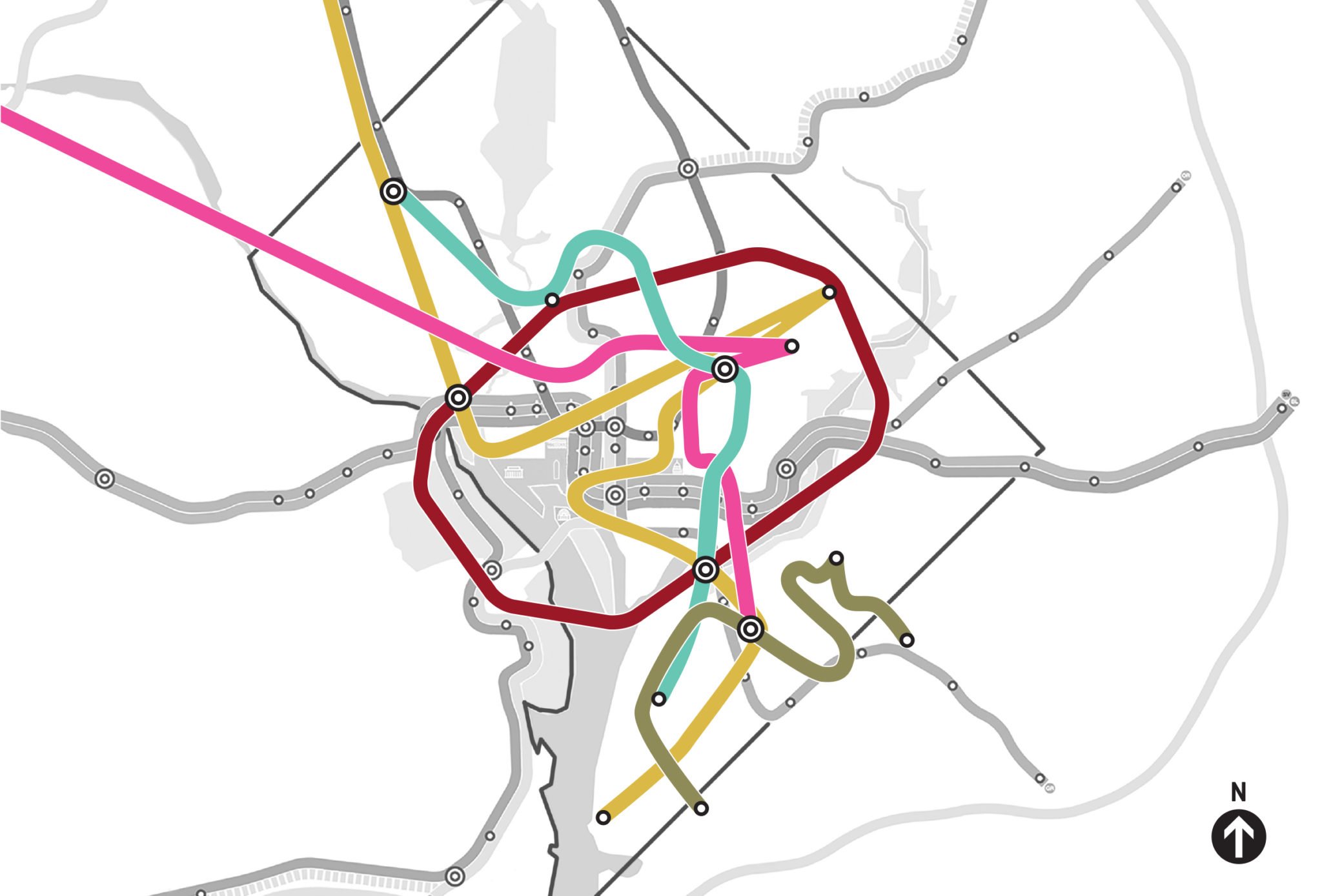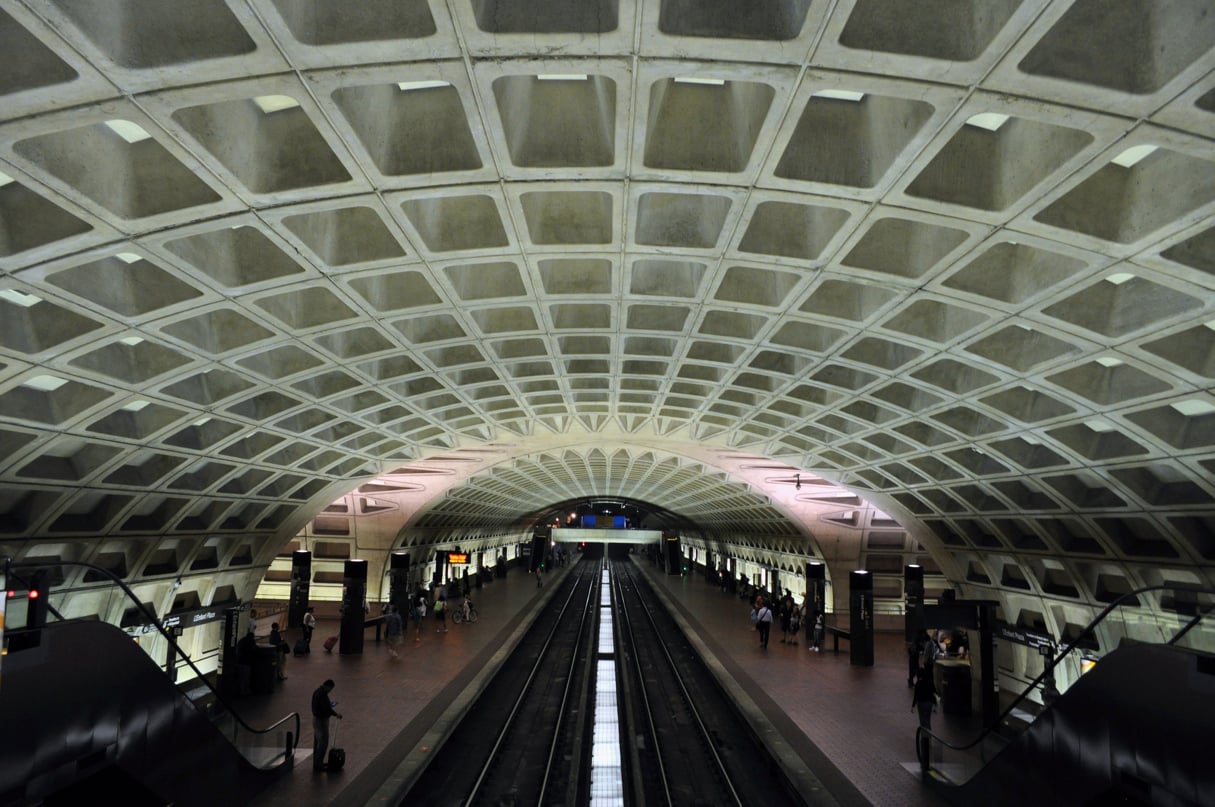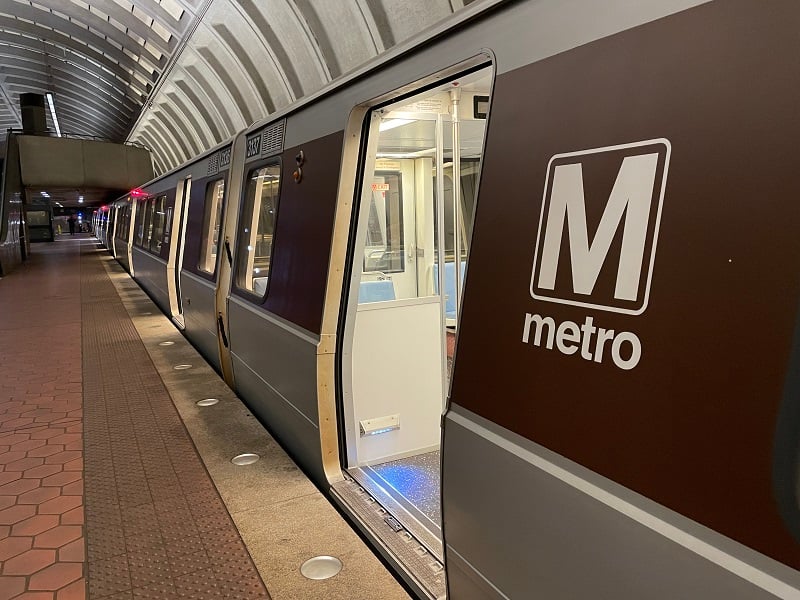Have you ever fantasized about a new metro line that goes precisely where you want it to go? Staring at the map while your train moseys along, it’s an easy enough game to play—especially if you don’t have to worry about logistics or money, the way real Metro planners do. We asked five locals to each suggest a new route. Here’s what they came up with.
Gold Line
Dan Simons, co-owner of Farmers Restaurant Group (Founding Farmers, Farmers and Distillers, and others)
His proposal runs all the way from Poolesville (off the map) to the Potomac River, making an unlikely sharp zag in Northeast DC. “I love the thought of connecting the land and the people to the waterways,” Simons says.
Aqua Line
Will Eastman, owner of U Street Music Hall
This would start on Wisconsin Avenue and snake east through Rock Creek Park before turning south toward Southeast. “It has a bunch of places where I like to hang out, but there isn’t really a Metro,” Eastman says. “I could see it being useful for nightlife, food, entertainment.”
Olive Line
Nikki Peele, who writes as the Advoc8te on the blog Congress Heights on the Rise
Peele wants to fill in transit gaps east of the Anacostia. “We have a lot of amazing things that I’m not sure a lot of people in DC are aware of—art, history,” she says. “I want this line to serve as a testament to the great things in the community.”
Pink Line
Amanda McClements, owner of Salt & Sundry and Little Leaf
This goes from Dulles to Anacostia, running across town and stopping at the National Arboretum. “When you live in a city, spending time in green space has a profound effect on your well-being,” McClements says. “A lot of those places are hard to get to if you don’t have a car.”
Maroon Line
Darlyene “Tokyo” Direkston, program manager of Downtown Day Services Center, which helps residents experiencing homelessness
Her loop would connect underserved areas. “I tried to line it up with the shelters,” Direkston says. “If you’re on the streets, the last thing you need is to have to walk ten blocks to get somewhere.”
This article appears in the June 2019 issue of Washingtonian.


















